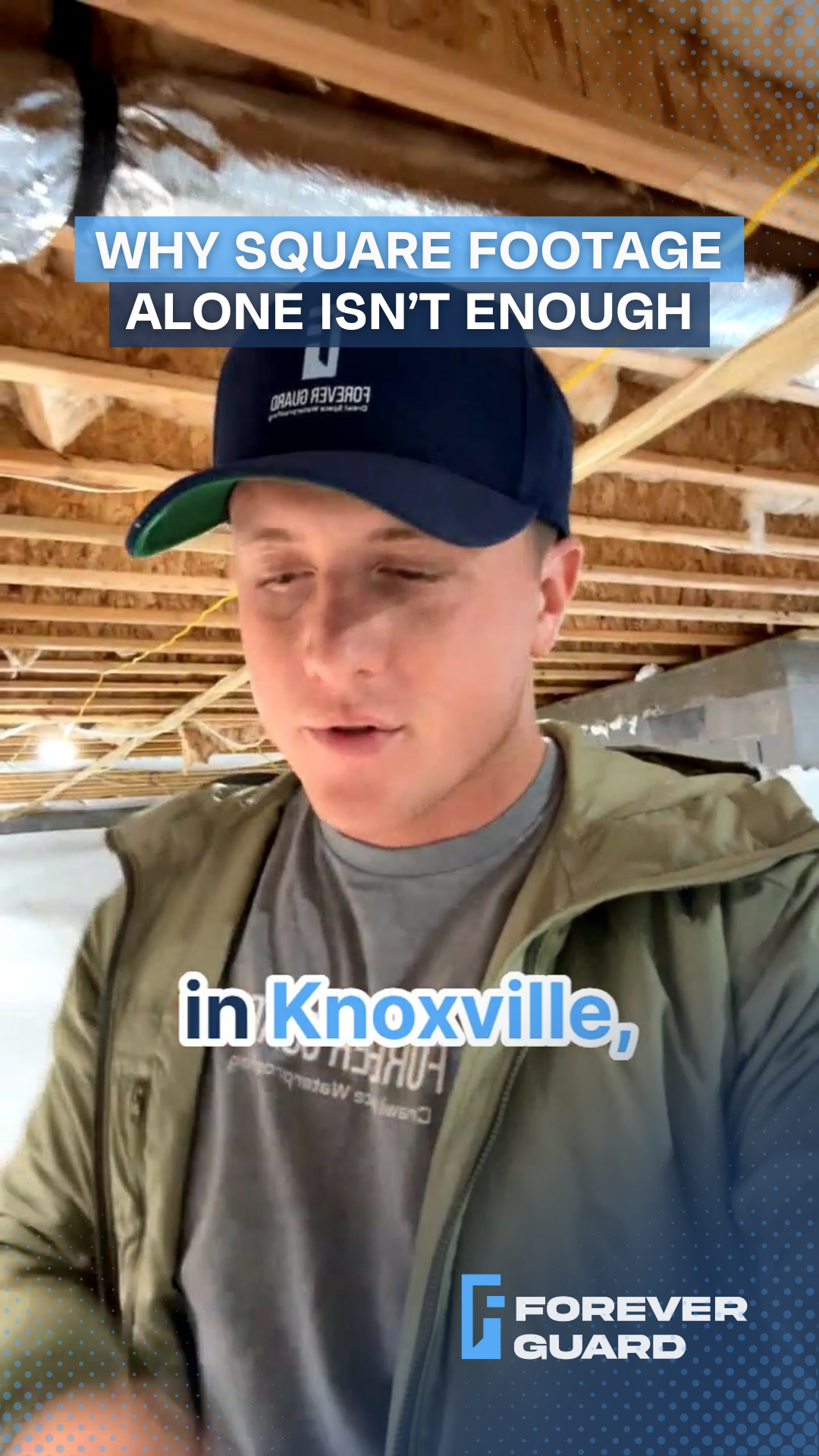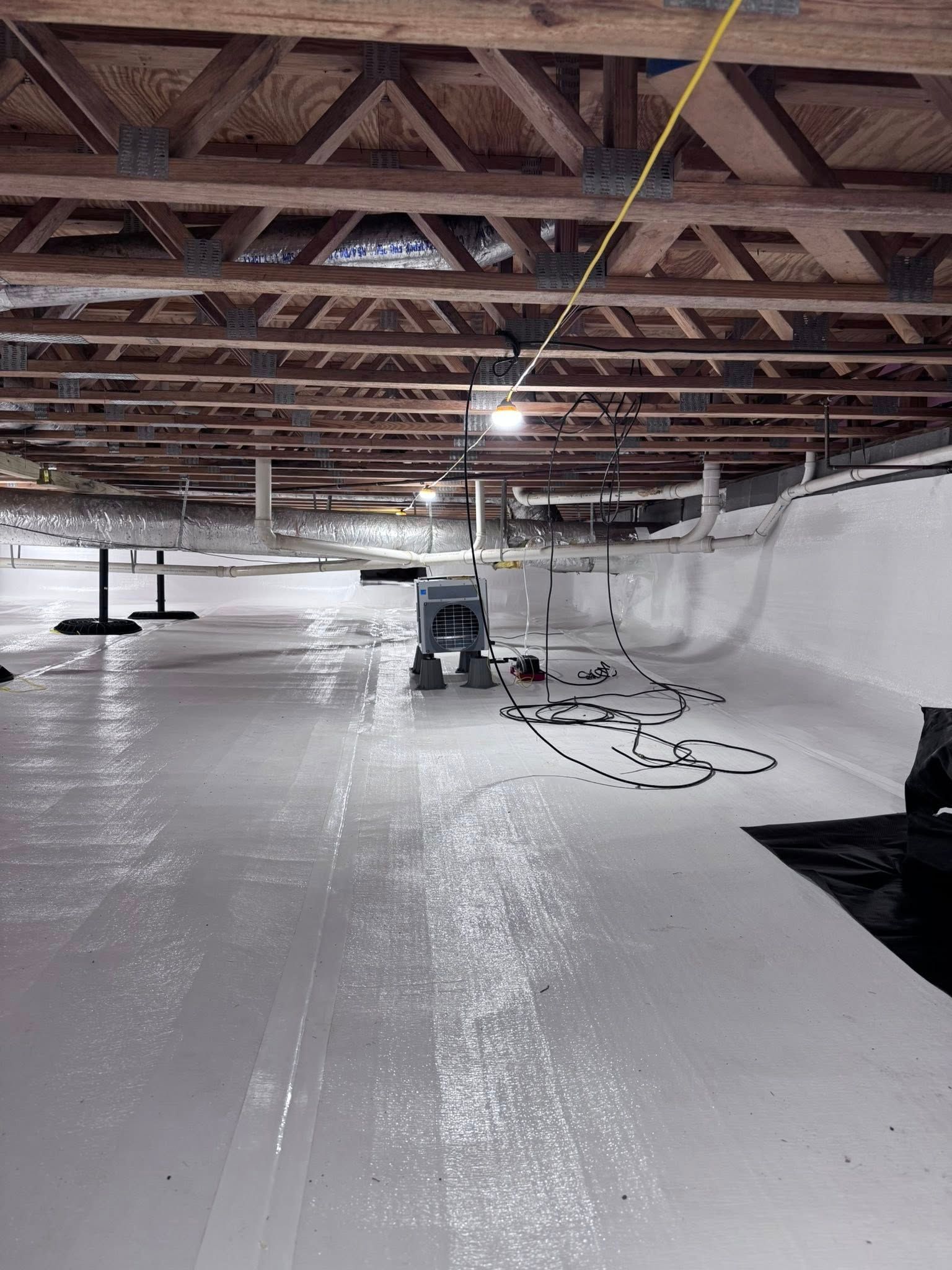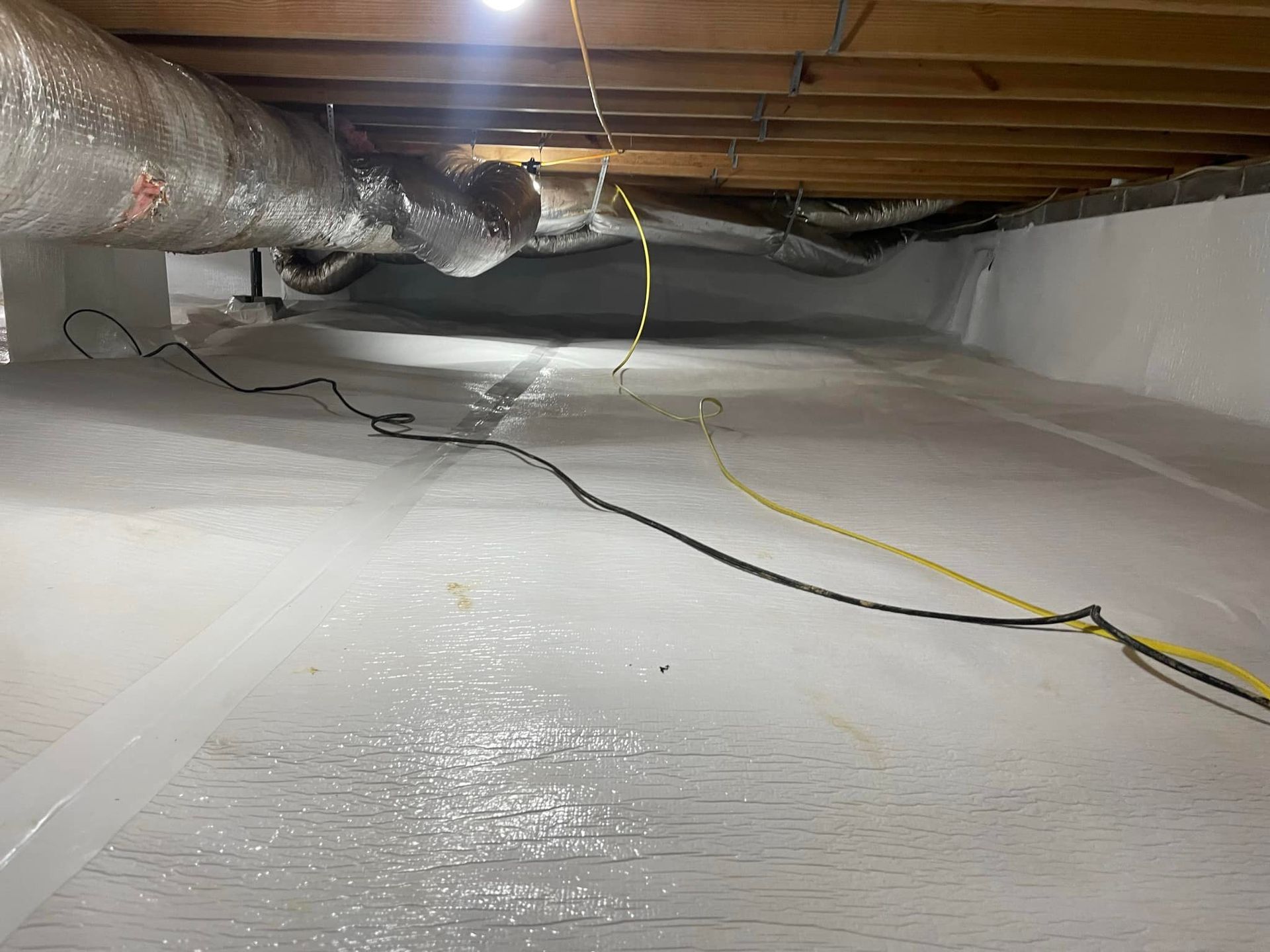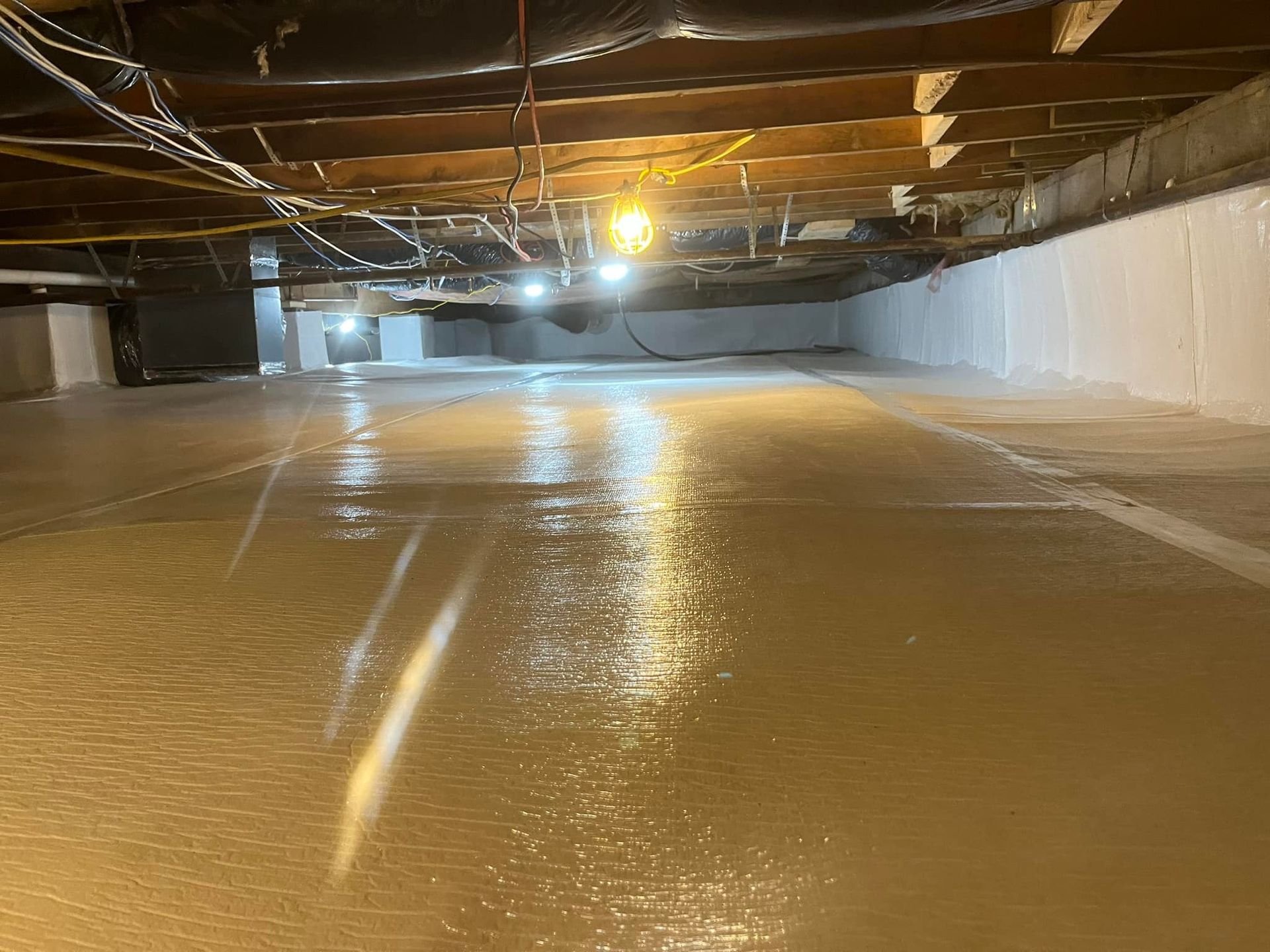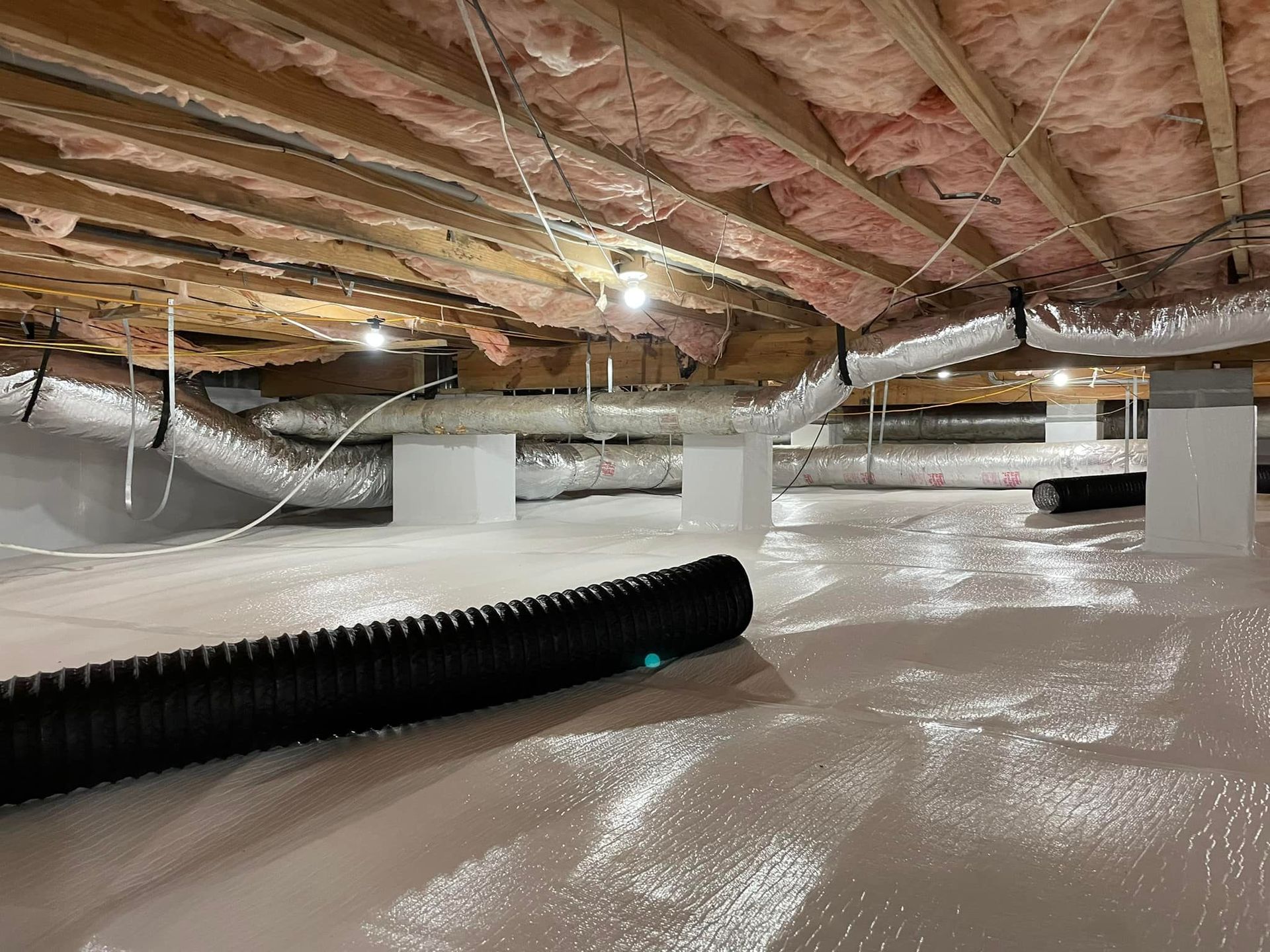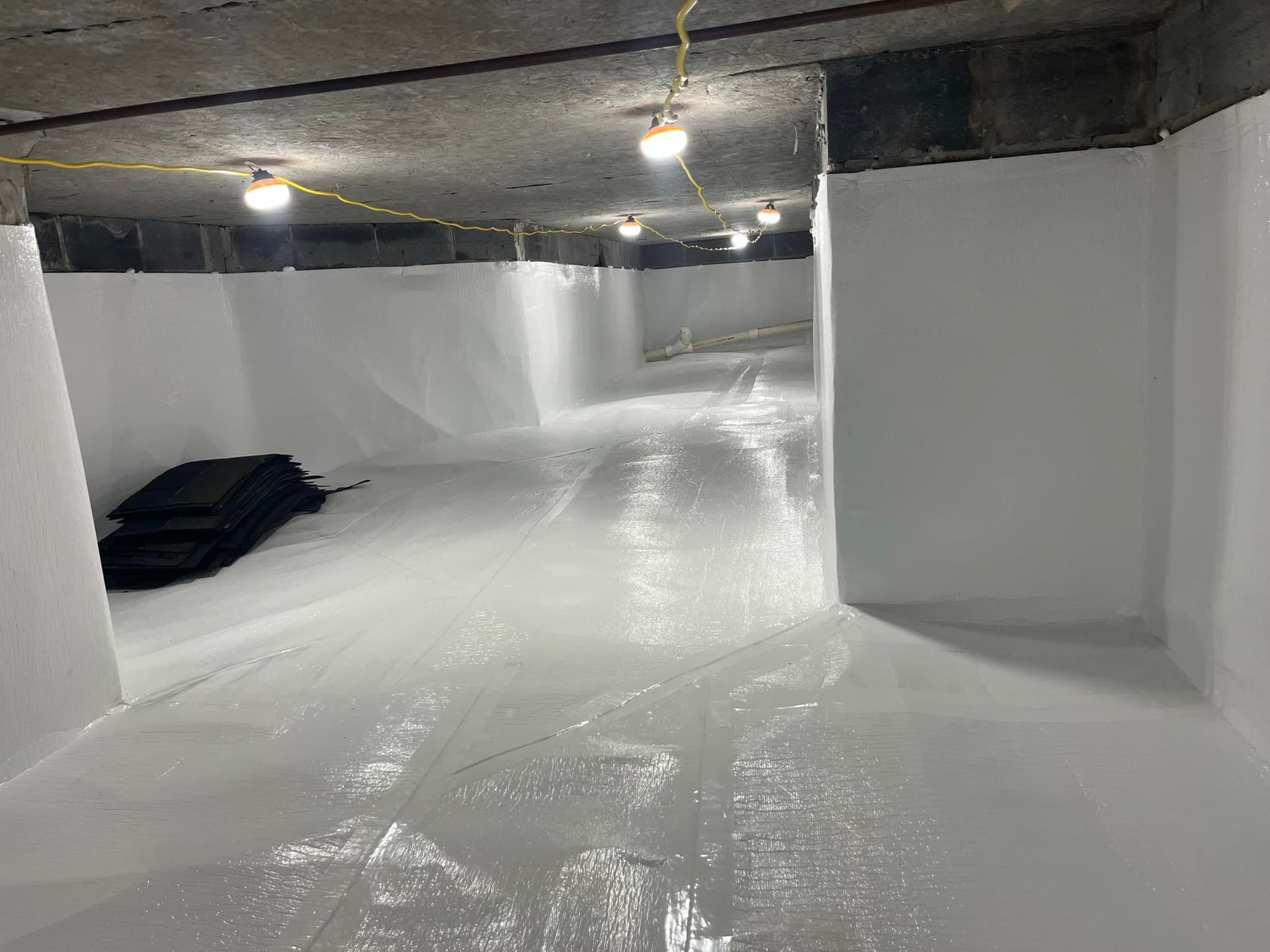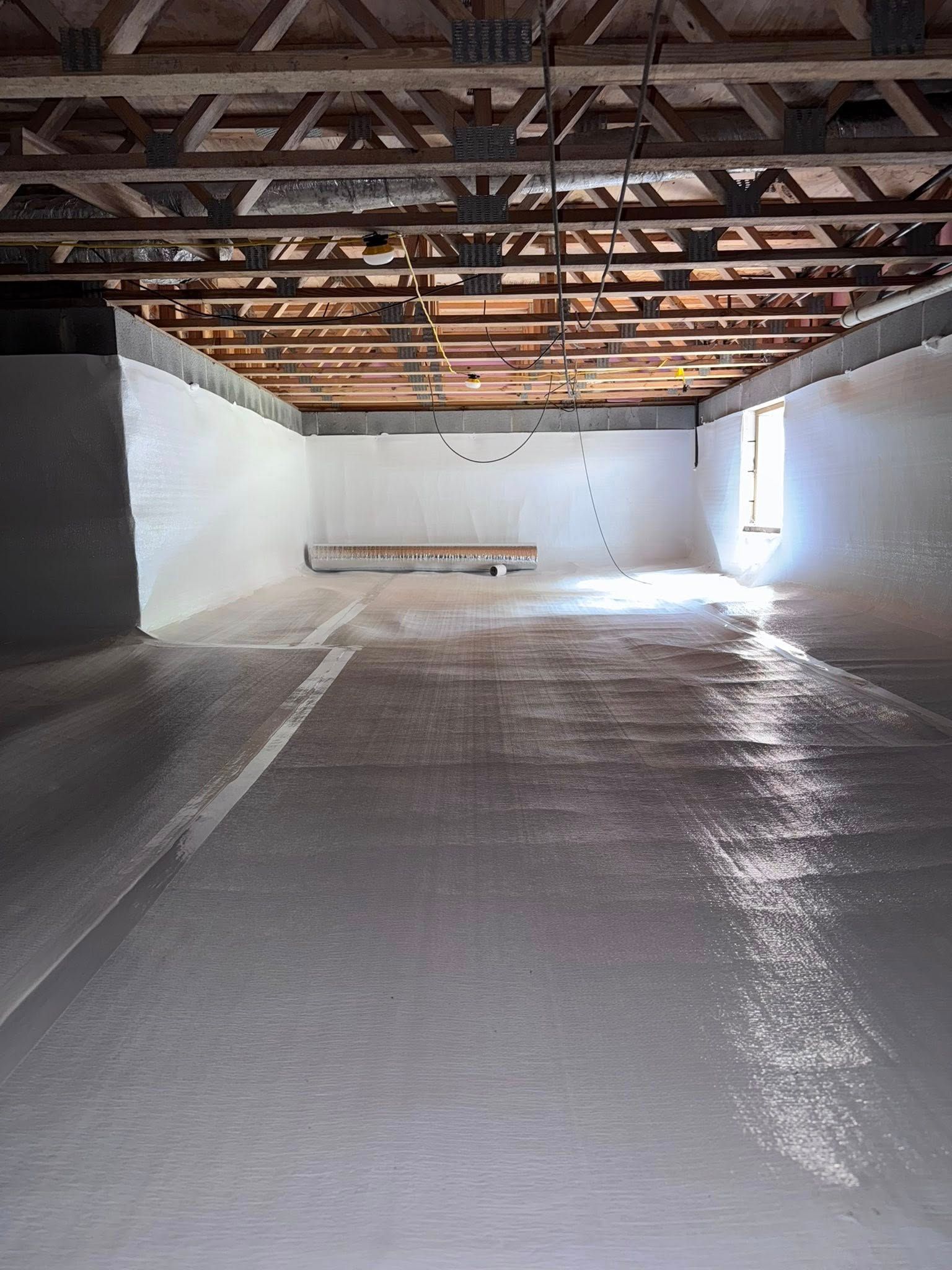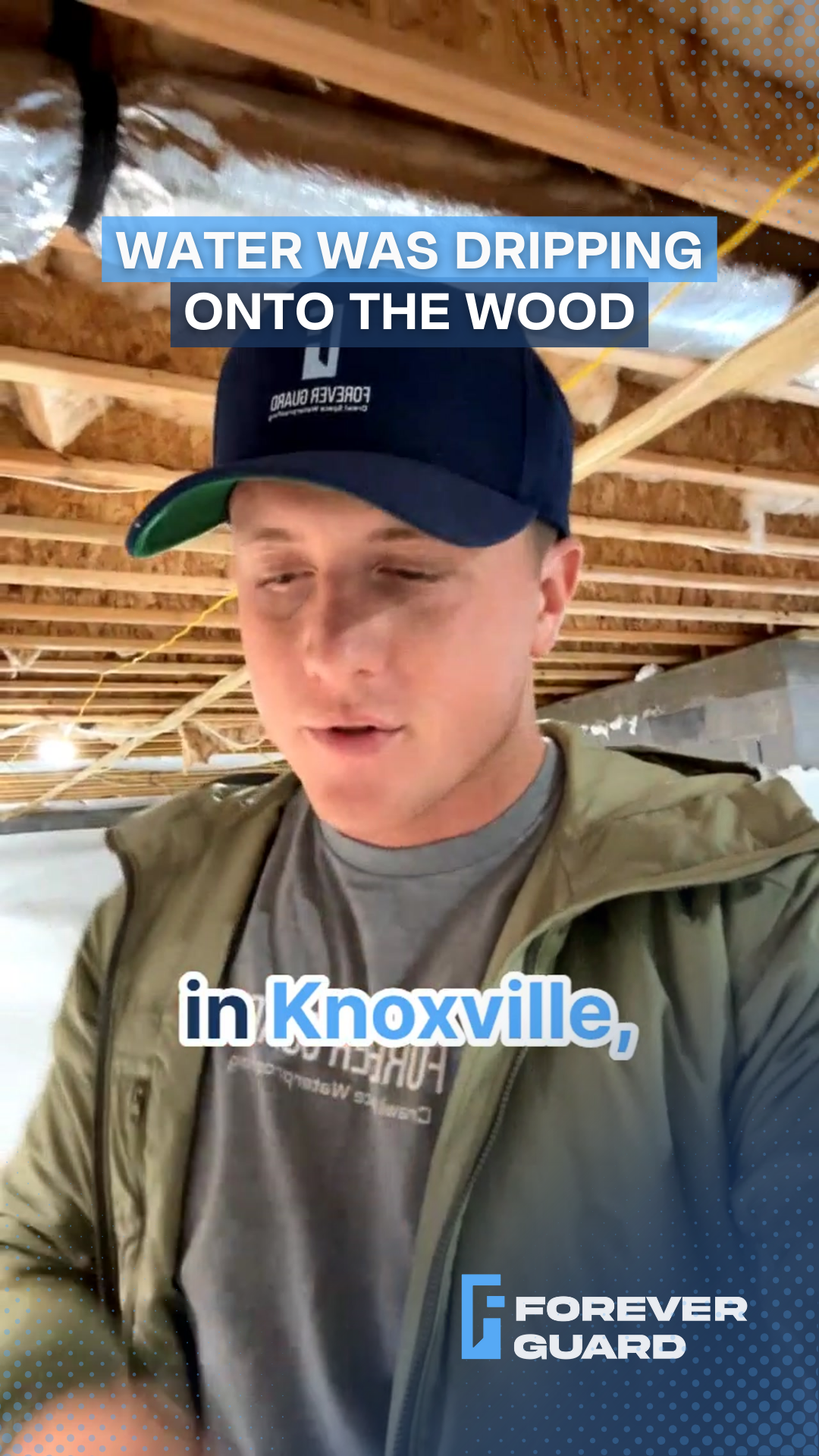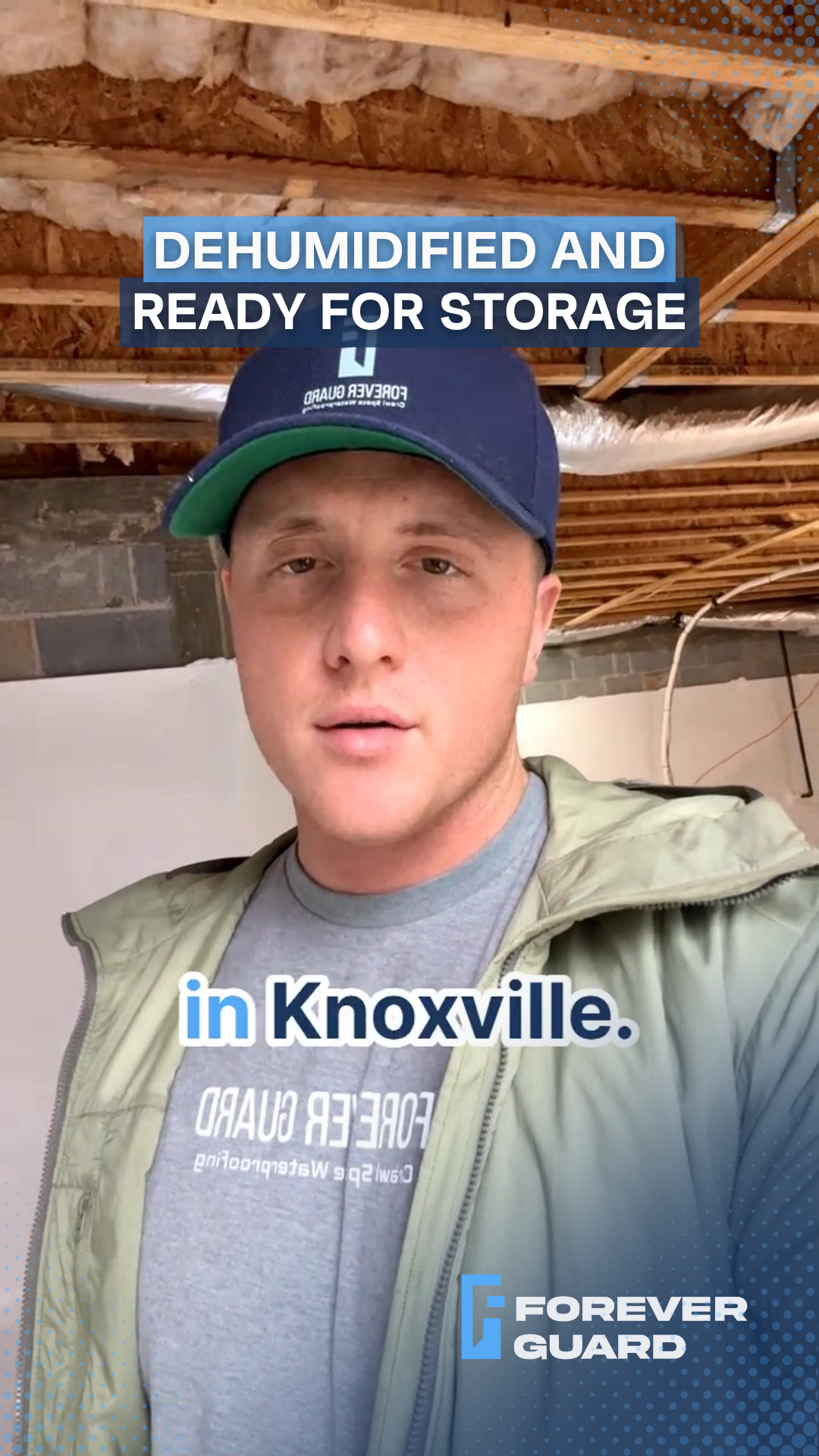Is Your Crawl Space Insulation Working Against You? What Every Homeowner Should Know
Simple Installation Mistakes That Could Be Costing You Money
Why proper insulation installation matters more than you think
During a recent inspection in Knoxville, I found something that makes every professional cringe: insulation installed completely upside down in a crawl space.
The manufacturer prints clear instructions right on the material - "Do not leave facing exposed.
The facing must be installed in contact with the ceiling, wall, or floor finish."
This isn't just a one-time mistake. I see this error repeatedly in crawl spaces across the area.
When contractors ignore such basic instructions printed directly on the materials, it raises serious questions about what else they might be overlooking.
More Than Just Following Directions
Here's why this matters: insulation facing isn't just a manufacturer's preference - it's engineered for a specific purpose. That paper backing acts as a vapor barrier, designed to work alongside your insulation to protect your home from moisture problems.
When installed correctly, with the facing against your floor:
- Moisture is properly controlled
- Your insulation works at full efficiency
- Your home's structure is protected
- Your energy bills stay lower
But when it's installed backwards, you're not just losing efficiency - you're potentially creating new problems. The exposed facing can trap moisture, create perfect conditions for fungal growth, and even attract pests looking for nesting materials.
Warning Signs Your Insulation Isn't Working
Think of your crawl space insulation like a raincoat - when it's worn backwards, it's not doing its job. Here are the signs that your insulation might be fighting against you:
- Higher than normal energy bills
- Cold floors in winter
- Musty smells coming from below
- Insulation that looks dirty or damaged
- Signs of moisture on your subflooring
And just like a backwards raincoat won't keep you dry, backwards insulation often leads to bigger problems down the line.
Why Contractors Get It Wrong
Look, I've been in this business long enough to know why this happens. Some contractors rush through crawl space work, treating it like it doesn't matter because "nobody sees it anyway." But here's the truth: proper installation isn't about what you can see - it's about protecting your home.
When a contractor ignores basic installation instructions that are literally printed on the material, it tells you something important about their attention to detail. If they're cutting corners on something this simple, what else are they missing?
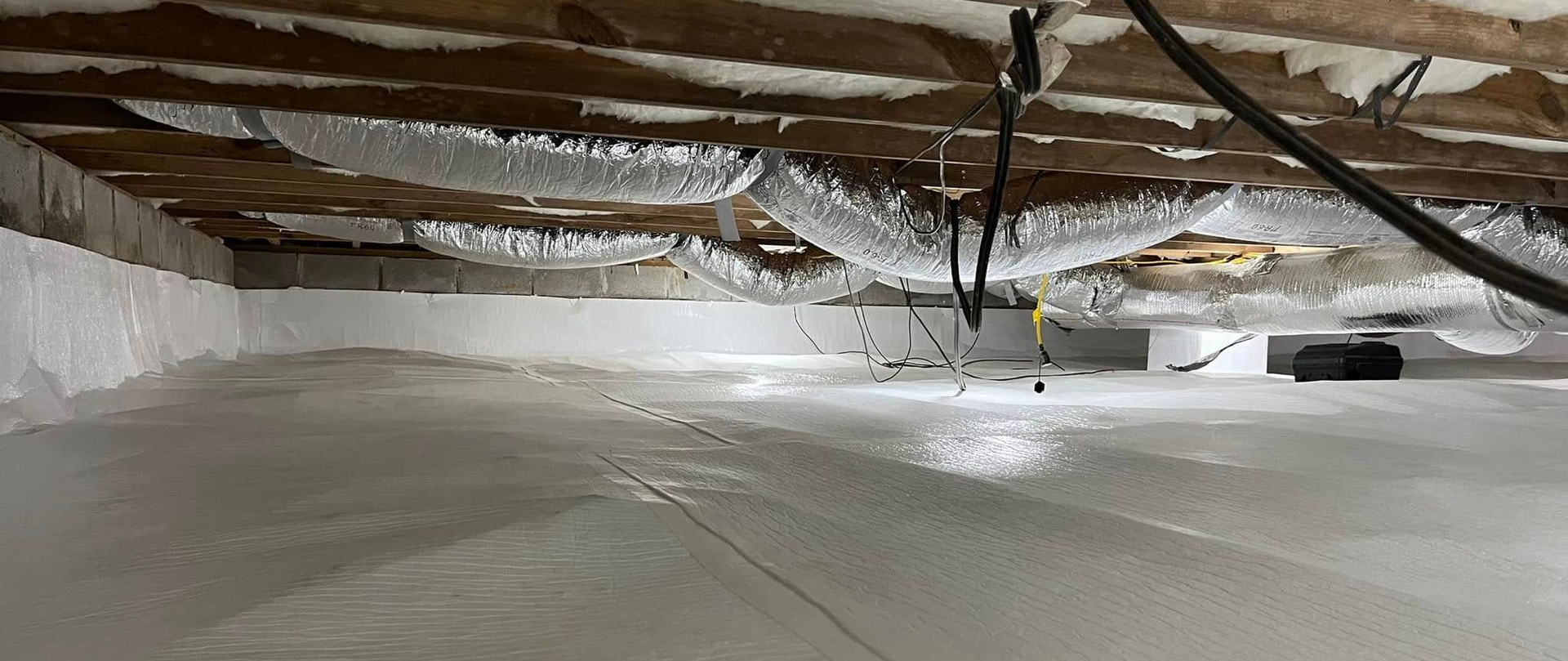
Protecting Your Home's Health
Your crawl space isn't just some forgotten area under your house - it's the foundation of your home's health. Properly installed insulation works together with moisture control and pest prevention to create a protective barrier for your living space.
When we find backwards insulation, we often discover other issues:
- Moisture problems
- Pest intrusions
- Early signs of fungal growth
- Compromised air quality
The good news? These are all preventable problems when work is done right the first time.
Making Sure It's Done Right
The solution here isn't complicated, but it is important. Whether you're getting new insulation installed or checking what's already there, here's what you need to know:
What to Look For:
- Paper facing should touch your floor
- Insulation should fit snugly between joists
- No gaps or sagging sections
- Clean, dry conditions throughout
When hiring a contractor, don't be shy about asking questions. A quality professional will:
- Explain their installation process
- Show you the materials they're using
- Detail how they'll protect against moisture
- Have a plan for proper vapor barrier installation
Remember: what happens under your house affects everything above it. A properly insulated crawl space means a more comfortable, efficient, and healthy home.
Need a professional to check your crawl space insulation? We provide thorough inspections and honest recommendations. No shortcuts, no hidden problems - just quality work done right the first time.
